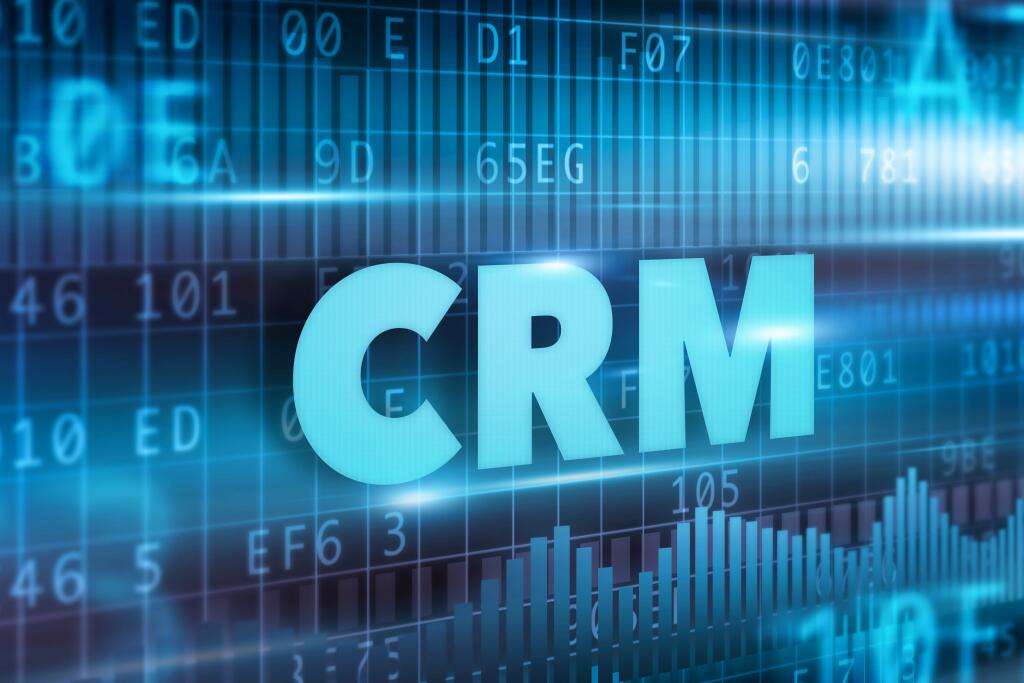Содержание
For example, each person wants to reach the end goal. Let other members act as leaders or facilitators. Rules may not sound fun, but they clear up confusion. Without them, no one will know what is considered acceptable behavior. Everyone will have their own “style” of doing things. Groups without rules are disjointed, prone to conflict and inefficient.
Chances are, you’ll uncover some false assumptions as well – especially if your team had been cruising along in the “norming” or “performing” stage until recently. The key to moving through this stage is to make things as simple as possible. Hopefully, your team’s purpose or desired outcome is understood by this point. Now it’s time to make sure everyone understands the incremental milestones on the way to your goal, and what their role is in helping the team get there. Clarity as to what success looks like at each milestone will give your team a much-needed confidence boost.
- While those people are still available when we need them, we usually don’t.
- According to co-CEO John Mackey, they have developed a high degree of trust that results in better communication and a willingness to work out problems and disagreements when they occur.
- Performance norms are very important because they define the level of work effort and standards that determine the success of the team.
- Peter has put up the project schedule based on conversations with only Mohammed and Ameya on the team.
- For a high performing team, the end of a project brings on feelings of sadness as the team members have effectively become one and now are going their separate ways.
The successful coaching manager will ensure that the team meets and understands the team goals, the roles they have to take on and the rules by which they have to play. The coaching manager will realise that although there may be a great deal of agreement and compliance about what is discussed many people will have different interpretations of what is agreed. One to ones help but inevitably there will start to be undercurrents of disagreement as to what has exactly been agreed. One of the greatest challenges a manager has is in moving his or her team though the various team development stages. If a manager has no, or little experience of teams and team dynamics then taking over a team and then leading that team can be a very stressful experience. Every manager should know what the various growth stages are of a developing team and they should know how best to move the team through these stages with the minimum of fuss and stress.
Further, they are comfortable offering and receiving constructive feedback. This stage marks the beginning of a team uniting. Notice how I’ve represented Tuckman’s model as a circle? That’s because team development is cyclical, not linear. Maybe your team is humming along in the “performing” stage, then a new person joins. Likewise, a strategic pivot for the company sends your team back to the “storming” phase.
What Are The 5 Stages Of Team Development?
But most of them are not prepared to handle the financial side of the business. Take a look at your team, whether it’s internal or is a combination of internal and external members. I learned about The Four Stages of Team Development from my teenage son after he returned from Boy Scouts National Youth Leadership Training . Here, the team works through individual and social issues.
Your “demo” might start as a diagram on a napkin. As you repeat this exercise over time, it’ll become higher fidelity and help your team see they’re making progress. The team needs clarity and connection more than anything else at this stage. Take the time to call out assumptions about the work and how you’ll work together. Solving problems face-to-face instead of over email or chat is a good investment right now because you’ll get a richer sense of who your teammates are as people. The forming-storming-norming-performing cycle repeats more often than you might think.
Even if you’re not “Agile” , you self-organize around tasks. You don’t wait to be told how to do your job – you determine the best way to meet your objectives and get on with it. Knowing each stage of development can help you create all-star teams that deliver amazing results. In 1977, Tuckman added a fifth stage called adjourning.
Norms result from the interaction of team members during the development process. Initially, during the forming and storming stages, norms focus on expectations for attendance and commitment. Later, during the norming and performing stages, norms focus on relationships and levels of performance. https://globalcloudteam.com/ Performance norms are very important because they define the level of work effort and standards that determine the success of the team. As you might expect, leaders play an important part in establishing productive norms by acting as role models and by rewarding desired behaviors.

Your goal is to get them to recognize their behavior and how it runs counter to the goals that they have set. Then you need to encourage and help them establish more effective standards – or sometimes even impose more effective standards. Teams can go back and forth between these stages, especially as new challenges and demands arise during the season.
Managing Team Conflict
Usually, this stage occurs at the completion of a project. Teammates may feel a sense of pride or apprehensiveness as they move on to their next project, having to repeat the 5 stages over again. This stage allows for teammates to reflect on their growth and skills gained that they can apply to their next project. Roles and Responsibilities – The name says it all. You’ll clarify each person’s role, what they’re responsible for, and any other expectations team members have of each other.

They usually fail to overcome conflict and can’t work together. If you’ve reached the fourth stage, pat yourself on the back. Of course, you may still think that your tech guy’s choice in music is obnoxious.
Navigating The storming Stage
The Performing stage is the eventual goal of all teams. This stage follows Norming and occurs only after effective standards are in place and firmly embraced by the team. The team begins performing as a cohesive unit that respects and trusts each other. They know what to expect from each other and this yields a sense of comfort, confidence and consistency. Coaches talk a lot about peaking at the end of the season.

Goals, Signals, and Measures – One of the best investments you can make at this stage is clarifying what you’re trying to achieve and how you’ll know you’re successful. This workshop involves brainstorming, discussion, and decision-making. It can be tough at times – I won’t lie – but the shared understanding you’ll build is worth powering through. Norms are only effective in controlling behaviors when they are accepted by team members.
Company
The team leader will continue to monitor the progress of the team and celebrate milestone achievements with the team to continue to build team camaraderie. The team leader will also serve as the gateway when decisions need to be reached at a higher level within the organization. You will find at times that there will be people who tend to hold back the storming process or perhaps prolong it.
If managers can demonstrate the skills and are not afraid to trust their employees, then peer appraisal can work for both manager and the team, and work … Whereas storming is chaotic, norming feels reassuring. An esprit de corps is emerging, and – dare I say?

According to co-CEO John Mackey, they have developed a high degree of trust that results in better the stages of team development communication and a willingness to work out problems and disagreements when they occur.
If she knew Ameya was going to be the lead, she wouldn’t have bothered joining this project team. Additionally, Mohammed appears to be off and running on his own, not keeping the others apprised of progress nor keeping his information up to date on the SharePoint site. No one really knows what he has been working on or how much progress is being made. Not every team makes it to the performing stage. Many get stuck at Norming and although everything appears normal, there is a lack of momentum and motivation towards achieving the all important team goals. It is as though the team is comfortable in this stage and does not want to progress further for fear of returning to a storming stage, a stage that probably was very uncomfortable for most people.
For a high performing team, the end of a project brings on feelings of sadness as the team members have effectively become one and now are going their separate ways. By having an open discussion right at the start of the team’s task then people get the chance to air views, concerns and queries. Psychologist, B.W Tuckman in the 1970s, developed this model and Tuckman suggests that there are four team development stages that teams have to go through in order to be productive. A project might be able to make it from start to finish, but in order for a project to reach its maximum potential, it’s crucial for there to be a strong team in place.
#3 Norming Stage
In the adjourning stage, most of the team’s goals have been accomplished. The emphasis is on wrapping up final tasks and documenting the effort and results. As the work load is diminished, individual members may be reassigned to other teams, and the team disbands. There may be regret as the team ends, so a ceremonial acknowledgement of the work and success of the team can be helpful. If the team is a standing committee with ongoing responsibility, members may be replaced by new people and the team can go back to a forming or storming stage and repeat the development process.
In the performing stage, consensus and cooperation have been well-established and the team is mature, organized, and well-functioning. There is a clear and stable structure, and members are committed to the team’s mission. Problems and conflicts still emerge, but they are dealt with constructively. The team is focused on problem solving and meeting team goals. When the hard work of the team begins to lead without conflict to the achievement of the team’s goals, the team has moved into the Performing phase. At this point, leaders may begin to delegate some responsibilities so that leaders can focus on developing individual team members.
How Influential Are Your Business Presentations?
You’re not sure who is doing what, or how to break this epic project into smaller components. American psychological researcher Bruce Tuckman developed the theory of Tuckman’s stages of group development in 1965. Remote Control Keep on top of your work from home life with these tips and ideas from our team to yours. This is another area where time tracking can help. With Toggl Track, team members can track the work that they do. This is especially useful if you have some people that are working remotely.
This Performing stage is exactly the “peaking” that coaches are trying to achieve – when the team is jelling and working as a well-oiled machine. While chemistry class is not required for most coaches, it is typically one of the most important subjects to comprehend. One of the best ways to build team chemistry is to have a clear understanding of the typical stages of team development. Much like a child growing up, just about every team progresses through certain developmental stages throughout the course of a season.
The Agile Guide To Winning At Team Development
An excellent team means increased productivity. Using a time tracking software like actiTIME can help evaluate a team’s productivity by revealing where most of their time is being spent and on what. It’s important the majority of a teammate’s time is being dedicated to one of their strength areas.
People leaving or joining the team creates less disruption. Forming is the first stage and occurs as your players begin each new season. Your returning players are a year older and your new freshmen and/or transfers are trying to figure out what is going on.
Some of the greatest entrepreneurs and inventors have had failed companies and ill-conceived ideas. When conflicts are resolved, it can improve existing processes and bond members together. If everyone in your group thinks and acts the same, then why do you have a group? The benefit of working in a team is that you have access to diverse experiences, skills, and opinions that aren’t possible alone.













